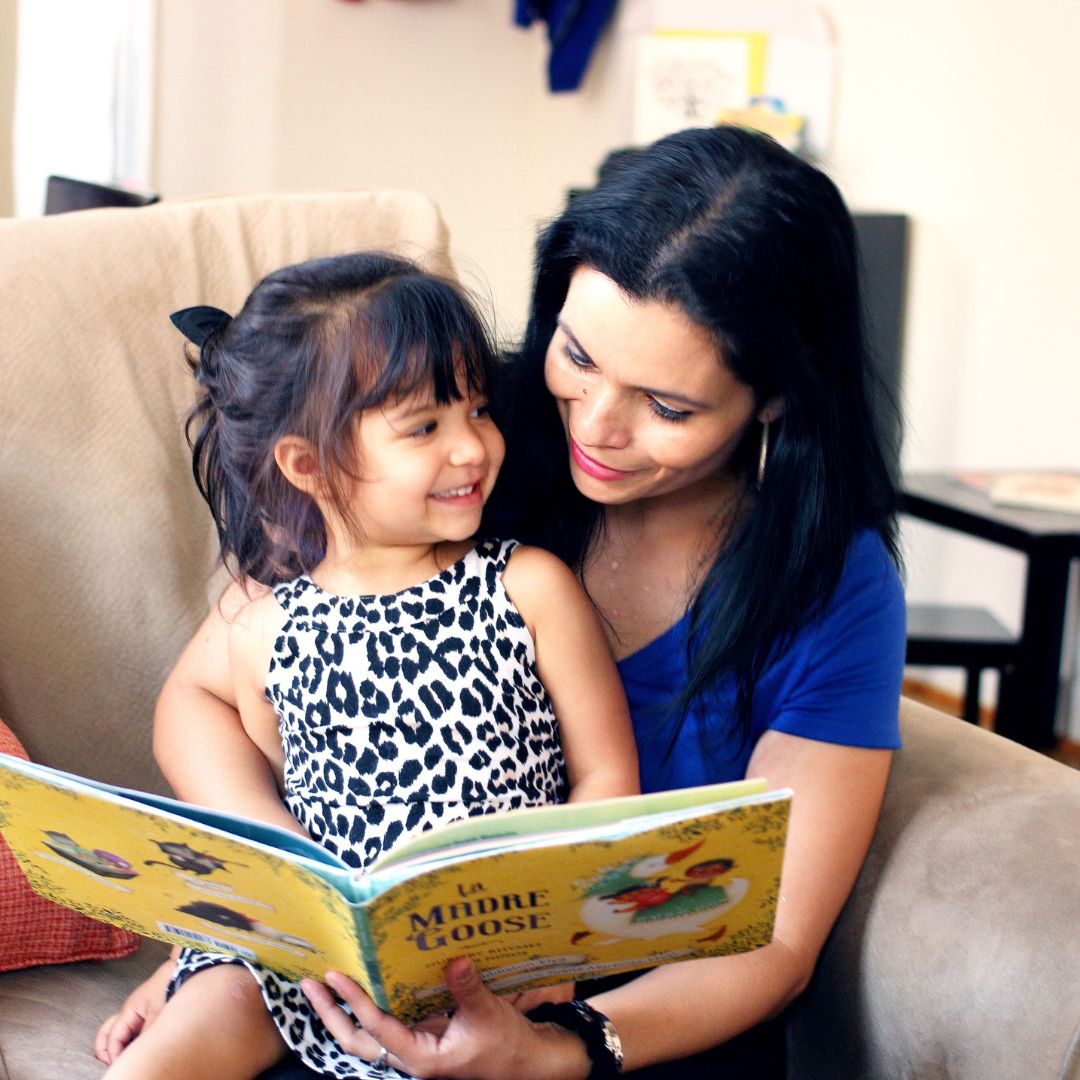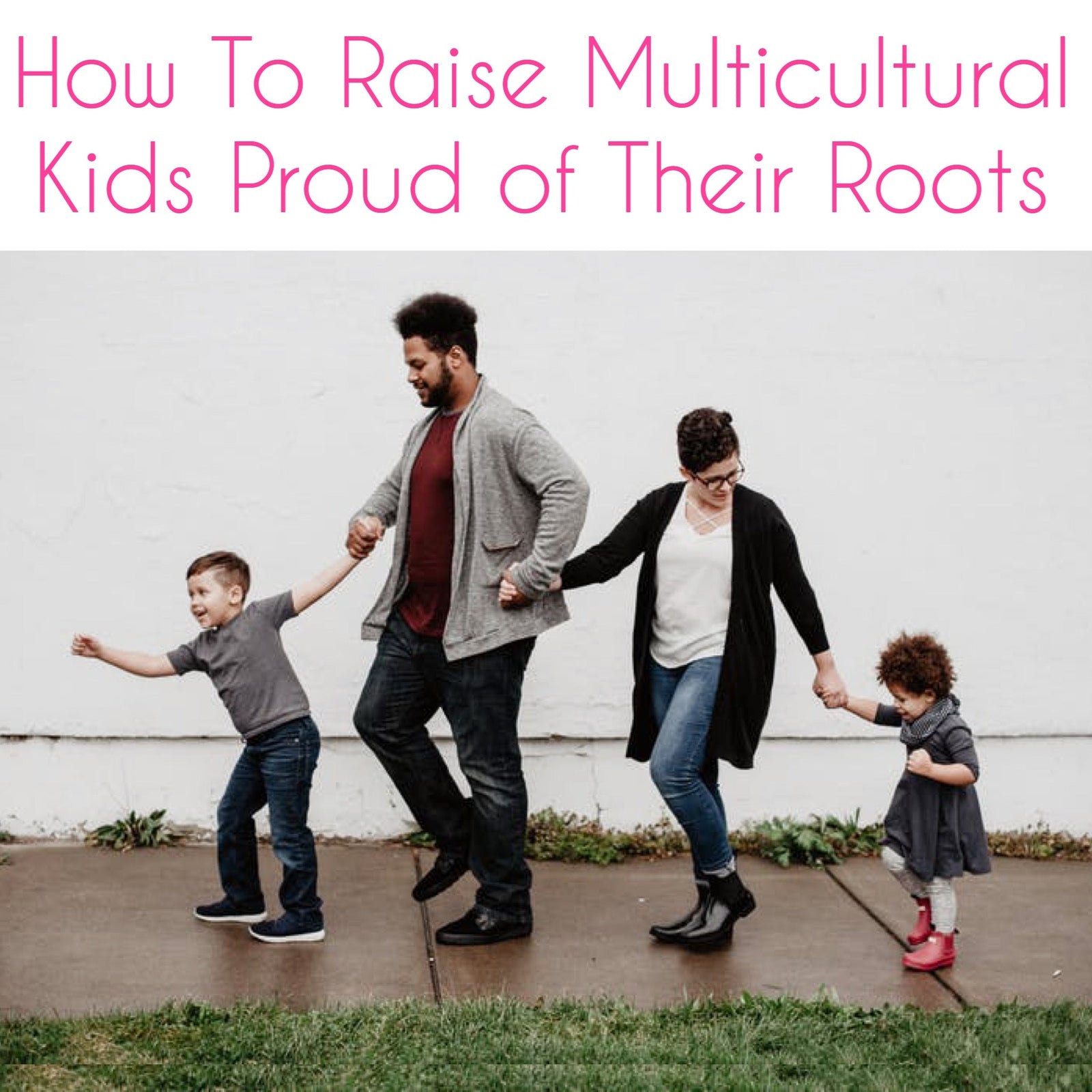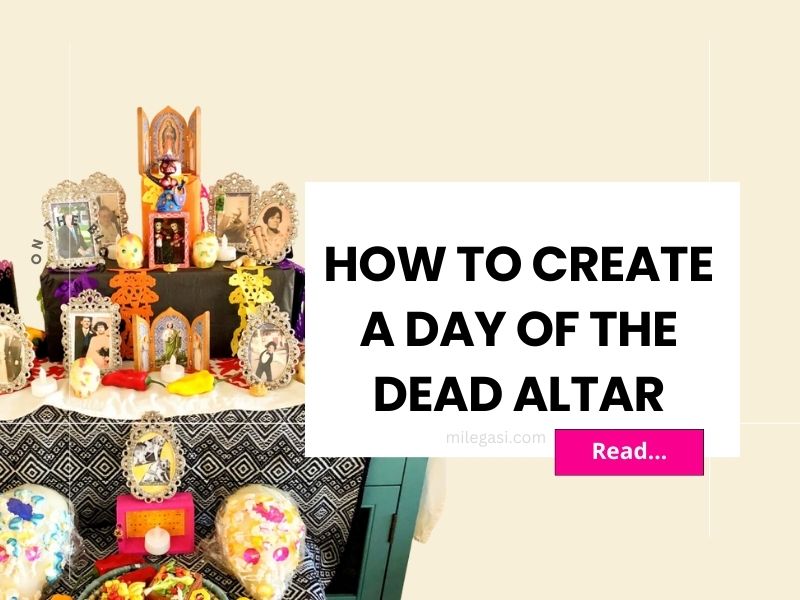
Birthdays have always been cherished events in my life, shaped by my experiences growing up Latina in Miami. Our family celebrations were a blend of Colombian and Cuban traditions, infused with American customs, making each birthday uniquely our own. This fusion got me thinking—how do other Latin American countries celebrate birthdays? What are the special customs, rituals, and traditions that we share, and what makes each one unique? In this blog post, I’ll share some traditions across Latin America and discover the beautiful and fun ways we all celebrate life.
What unites many Latino & Hispanic countries in birthday celebrations:
1. We sing the Feliz Cumpleaños (Happy Birthday) song in Spanish likely followed by the English version or vice versa.
We sing the Feliz Cumpleaños (Happy Birthday) song in Spanish, often followed by the English version, or vice versa. The words may vary by country. In my family, we sing, "Cumpleaños Feliz, Cumpleaños feliz, te deseamos a ti. Que los sigas cumpliendo hasta el año tres mil!" (Happy Birthday, Happy Birthday, we wish to you. May you continue having birthdays until the year 3000.) How do you sing it?
2. Los Quince is a pretty big deal for girls.
In many Latin & Hispanic countries, la fiesta de quince años(fifteenth birthday party) symbolizes a girl's transition to womanhood. It is traditionally celebrated for the quincieañera (15th-old birthday girl). The quincieañera will likely be dressed in a fancy debutante-like gown or evening dress. In some countries like Mexico and the Dominican Republic, a mass may be held. Other customs may include having a choreographed group dance of 7 pairs (14) +1 (quincieañera) to equal 15 in honor of the 15th birthday or my personal favorite entering the fiesta (party) with your father and dancing the waltz. In the U.S. los quince (the fifteens) are still a very important tradition, but we have adopted our own twists, like maybe forgoing the debutante ball gown or having just damas (ladies) dance in the group dance.
I had a traditional fiesta de quinces minus the choreographed damas y chambelanes (dames and chamberlains). My sister (below) did not want a party but opted for a fancy Quinces Photoshoot. Whatever your family decides, it's a nice tradition to pass down.

3. We love piñatas.
If you visit any Target or Walmart store you are likely to find piñatas in their party sections. Piñatas though traditionally most popular in Mexico during Las Posadas and birthday parties, are also popular in countries like Puerto Rico, Ecuador, Peru, Venezuela, and Colombia. A piñata is made of cardboard or paper maché, usually in bright colors of various characters or symbols. It may be stuffed with candy, toys, confetti, and even money and hung up.
There are two types of piñatas, one that you can beat (like below) or one with pull strings. On the ones where you can beat, children are blindfolded, given a stick to beat the piñata, and take turns, until it is broken. With the pull string piñata each child is given a string to pull on that will release a trap door under the piñata releasing all of it's contents.
4. We sing "Las Mañanitas."
Las Mañanitas (The mornings) is traditionally a Mexican birthday song that has been adopted in many Latin countries and sung at birthday parties, usually by a mariachi. In Colombia is is popular at a girl's fiesta de quinces where she will have a seranata (serenade) and the song is sung.
5. Latinos love pranks.
In Argentina, it's custom to pull on the birthday child's earlobe for each year of the child's age. Um ow! While in Colombia "la enmaicenada" occurs. It's a prank where traditionally a box of maizena (corn starch), hence the name "enmaizenada," is dumped on the birthday person quite possibly followed by being egged. Something similar happens in Peru. In Mexico "la mordida" (the bite) occurs when the birthday child's (or adult's) hands are tied or held and their faces shoved into the cake so they can take their first bite. Although, I will say that this can be dangerous especially if the cake is a tiered cake where craft sticks are used to hold the cake in place. If in doubt, make sure to ask the bakery or whoever made the cake whether the cake has any of this to prevent a serious accident.
6. We all have our special birthday cake, though we each call it differently.
Cake can be called pastel, queque, bizcocho, tarta, ponqué, or torta, except in Mexico where torta refers to a type of sandwich. In Mexico, a tres leches (three milks) cake is popular or a cake with heavy frosting for a good mordida. In Peru, chocolate cake is very popular on birthdays. In Colombia, torta negra (black cake) is a festive staple or a ponqué (pound cake). Dominican cakes, called bizcochos are usually heavy in frosting and filled with fruit filling like pineapple, or guava. In El Salvador, the cake is white, not too sweet, topped with light frosting, and covered in fresh fruit like strawberries. Here in the US we can adopt our own traditions and borrow from our families. Growing up in Miami, our birthday tradition was an ice cream cake and we kept the torta negra for other occasions.

Final Thoughts
It doesn't matter where you and your family are from. What matters is that you create your own traditions that reflect what's important to you. I can tell you that I remember many birthday celebrations from childhood, but the ones I remember the most were the ones where we celebrated as a familia, and the ones where one of my tias (aunts) wore too much makeup and mi tio (uncle) had one too many shots of Aguardiente, lol.
Found this blog post helpful? At Mi Legasi, I'm committed to sharing the rich cultural heritage and linguistic traditions of the Hispanic and Latinx communities. Discover the numerous ways in which I can assist you in preserving and celebrating your cultural roots.
Looking to foster a strong connection to your Latino identity while raising your child to be bilingual? Take a deep dive into my comprehensive bilingual parenting course, Confident Bilingual Parenting: How to Raise a Bilingual Spanish Child Your Way. This course is tailored to provide you with valuable insights, practical strategies, and access to an exclusive community, ensuring your child's language development and cultural awareness thrive from an early age.
Explore my easy-to-read and visually engaging book, Nobody Told Me This About Raising a Bilingual Child, which not only serves as a practical guide but also makes for a thoughtful and valuable gift.
You can also tune in for free to The Latina Mom Legacy Podcast, where I empower parents raising bilingual kids through captivating case studies, expert interviews, and insightful personal anecdotes.
Whichever path you choose, rest assured, that I'm here to provide support at every step of your bilingual parenting journey.


















Leave a comment (all fields required)